Agnes Goodsir – Australian portrait artist
Today’s post is the last in my series about women artists who were represented at the Know My Name exhibition at the Mornington Peninsula Regional Gallery (MPRG).
Regular readers may remember that I went to this exhibition a few months ago with fellow blog writers, Jane and Caroline. This exhibition was a subset of a larger exhibition in Canberra, Australia. It was part of an ongoing series of gender equity displays which seek to raise the profile of women artists who have previously been omitted from published histories and public collections. 1
And today’s artist is no exception – I wonder if you have ever heard of the Australian portrait artist Agnes Goodsir (1864 – 1939)? I certainly hadn’t.
The portrait below was the artwork of hers that was shown in the MPRG exhibition. Painted in 1924, it is called The Parisienne and is of her partner, Rachel Dunne, who she nicknamed Cherry.
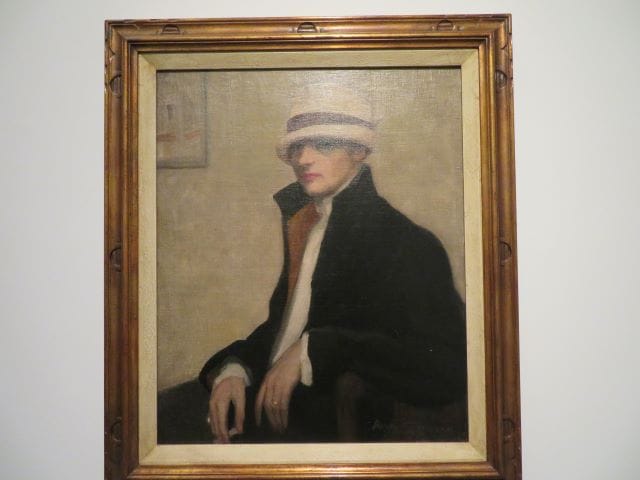
As I’d not heard of Agnes Goodsir before, I decided to go looking for some information about her. The following link to the National Portrait Gallery summarises her life very well:

I must say I was intrigued to read that, that having grown up in Portland, in the south west of Victoria, Agnes spent two years in her mid thirties (1898 and 99) being educated in art at the Bendigo School of Mines, which is actually a technical school related to the mining industry! Anne gave you a little more information about this institute in yesterday's post.
I couldn't find much about Agnes' early life, except that she was one of 11 children, so I wonder what took her to Bendigo in her mid-thirties and how she had occupied her time up until then?
Perhaps this decision was nothing to do with the mining industry, and it was just that the artist teacher there, Arthur Woodward, was highly recommended? It seems that it was around this time that Agnes began her art journey, which was a relatively late age to begin a full-on career in art.......
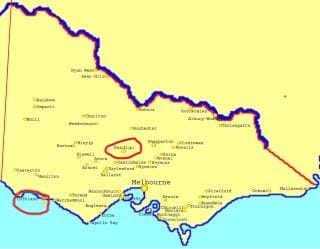
Nevertheless, Arthur Woodward saw her talent and was keen for Agnes to gain some experience overseas, and so off she went. As you may have read in the above link, she lived there for the rest of her life, in either England or (mainly), in France.
The years following World War One saw a virtual exodus of Australian artists on a sort of Grand Tour to Paris, all intent on being part of the explosion of the arts taking place there. 2
Painters like Rupert Bunny, Stella Bowen and Max Meldrum were drawn there by the appeal of the Left Bank. Others like Margaret Preston and Grace Crowley were inspired to develop in new directions by post-war Parisian art.2 At this stage, Agnes was already established over there with her partner, Rachel.
We have featured women artists such as Margaret Preston, Grace Crowley, and Dorrit Black previously,3 and at the time, I wondered whether the various Australian lady artists who went to Europe in the early 20th century gravitated to each other for support, or were just vaguely aware of the others' existences.
I couldn’t find anything to suggest that Agnes knew, or had any artistic association with any of the others, and it appears she moved in a different circle socially. I find it fascinating that these women pioneers in Australian art more or less forged their own paths in Europe, independently of any support of others from “back home”......
Agnes Goodsir preferred working in oils rather than watercolours. She painted many still lifes, landscapes and interiors, with some examples below:
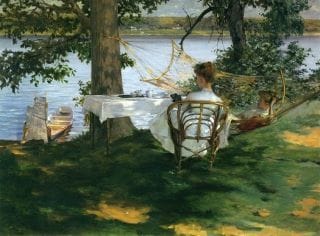
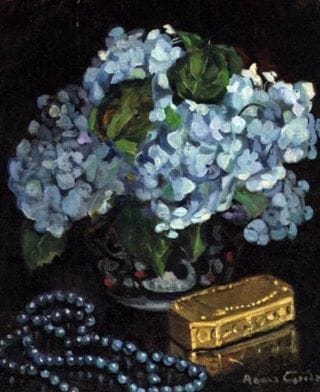
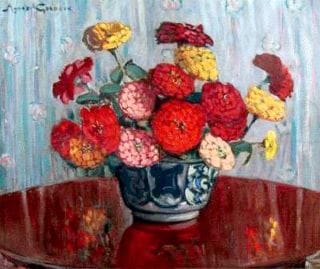
Left to Right: "Cup of Tea", "Hydrangeas" and "Zinnias", by Agnes Goodsir. Credit: Public domain via Wikipedia
However, her real forté was portraits, and these all show strong composition and technique. She was commissioned to do portraits of a number of well known people, including Leo Tolstoy, Banjo Paterson, Dame Eadith Walker, Countess Pinci and the Italian leader Benito Mussolini.
Here are some examples:
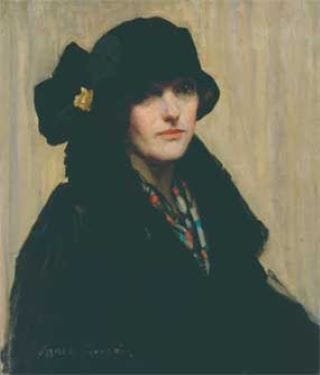
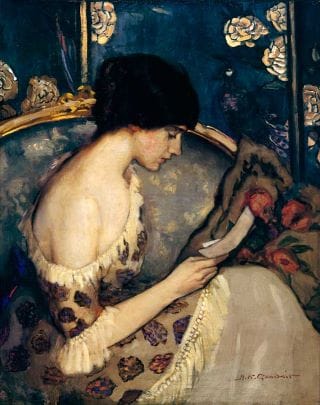
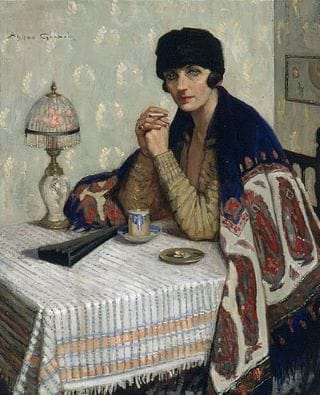
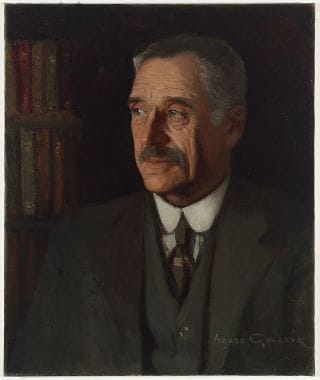
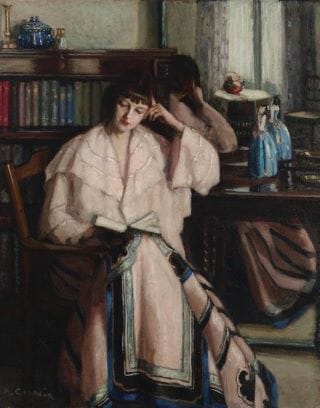
Examples of Agnes Goodsir's portraits, including a self portrait (top left) and the famous Australian poet Andrew "Banjo" Patterson (bottom left). Credit: Public Domain via Wikipedia.
It seems that Agnes came back to Australia for some short visits and showed her work in prominent galleries in both Sydney and Melbourne, but she lived permanently in Paris, and eventually died there in 1939 aged 75. She had no children, and left most of her estate to her partner, Rachel Dunne.
Her life and work are recognised in Australia by The Goodsir Scholarship, which is awarded by the Bendigo Art Gallery and named after her. Also, a street in the Canberra suburb of Chisholm was named Goodsir Place in her honour in 1978.
Her works are held in:
-the National Gallery of Victoria - The letter, (Woman reading)
-the National Gallery of Australia - In a Latin Quarter studio and The Parisienne.
-the Art Gallery of New South Wales - Chinese skirt
-the State Library of New South Wales - A. B. Paterson, Banjo, and
-the Bendigo Art Gallery.
Footnotes
With thanks to:
-
The Mornington Peninsula Regional Gallery
-
Wikipedia.
-
Previous posts on women artists such as Margaret Preston, Anne Dangar and Grace Crowley can be found under the tag Women Artists.
